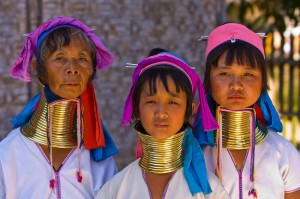In my search for interactive classroom resources, I came across a website that posts footage of a variety of traditional dances from Canadian indigenous groups across the country. Since the arts play such a key role in indigenous culture, it only makes sense that a cross-curricular art or dance lesson could easily be linked to a unit on indigenous studies. The site provides lesson plans and teacher kits, as well as interviews with members of different indigenous tribes. Follow-up activities could include re-enacting a pow wow in the classroom or participating in a real pow wow with a local tribe.
I was particularly intrigued by the “Paddle Dance.” I wanted to attach the clip but was unable to do so. As I watched this community dancing, wearing their traditional headdress, and as I listened to the background music being played on traditional instruments, I was suddenly struck with how amazingly special our indigenous culture is. It reminded me of cultural dances I have seen performed by indigenous groups throughout South East Asia. One of the first things tourists do when they travel to exotic parts of the world is encounter the traditional, local song and dance. What I realized this week is that you do not need to travel to exotic parts of the world to experience and explore traditional cultures. This seems like an obvious realization I know, but it was something that hit me with new meaning.
Native Dance. Assembly of First Nations. http://www.native-dance.ca/ Web. 5 October 2013.

